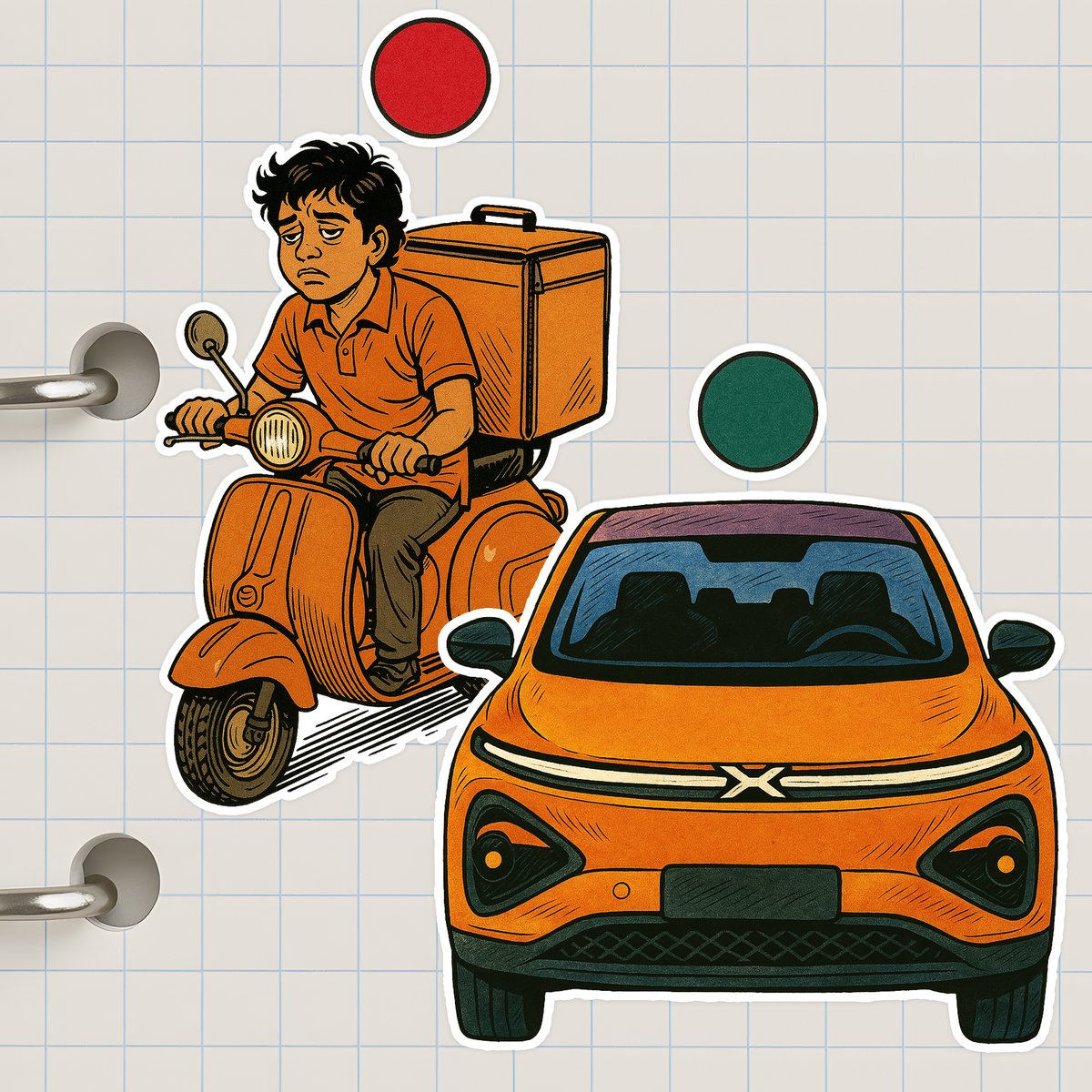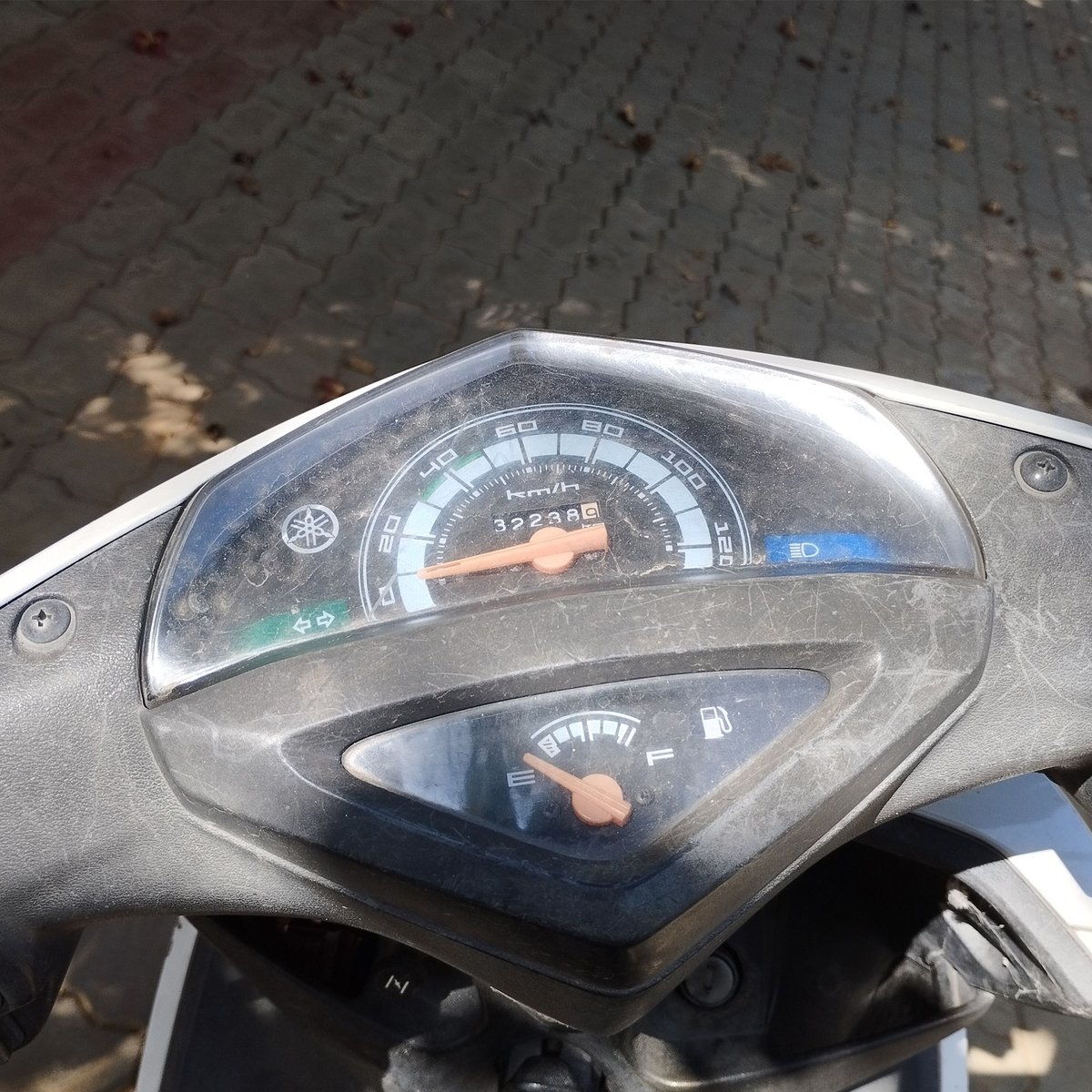1/25 Matt Chitharanjan came to India in 2011 expecting to spend a year in Chennai before returning to his home country, the United States. Instead, India became his home; he spent the next 12 years building India’s first specialty coffee brand, Blue Tokai. Here’s his story 🧵 

2/25 Second wave coffee began in India with Café Coffee Day in 1996. Barista followed in 2000, and Costa Coffee was the first international coffee brand to enter the Indian market in 2005. This was the state of India’s branded coffee segment in 2011 when Matt arrived in India. 

3/25 Third wave coffee is characterised by its emphasis on the coffee bean itself: its journey from farms to consumers’ cups, the way in which it’s processed, and the flavour profile of the resulting beverage. Matt wanted to bring this wave to India, but it wasn’t easy. 

4/25 Matt and his wife Namrata Asthana started Blue Tokai by approaching Indian coffee estates and asking them if they could buy small batches of high-quality coffee to sell under the Blue Tokai brand. The response they got was lukewarm. 

5/25 Premium coffee in India was almost exclusively exported outside of the country in 2011; due to India’s lack of third wave coffee companies and the ubiquity of second wave coffee chains, any demand for specialty coffee amongst Indian consumers was latent. 

6/25 Coffee estate owners were understandably uninspired by Matt and Namrata’s dream of bringing coffee’s third wave to India. They were both raised in the United States, and estate owners viewed them as naive and unschooled in the realities of the Indian coffee market. 

7/25 However, after some convincing they were able to find a handful of estates such as M.S. Estate, Karadhikhan Coffee Farm, and Veer Attikan, who were willing to sell Matt and Namrata raw coffee beans which they could roast and sell online under the Blue Tokai brand. 
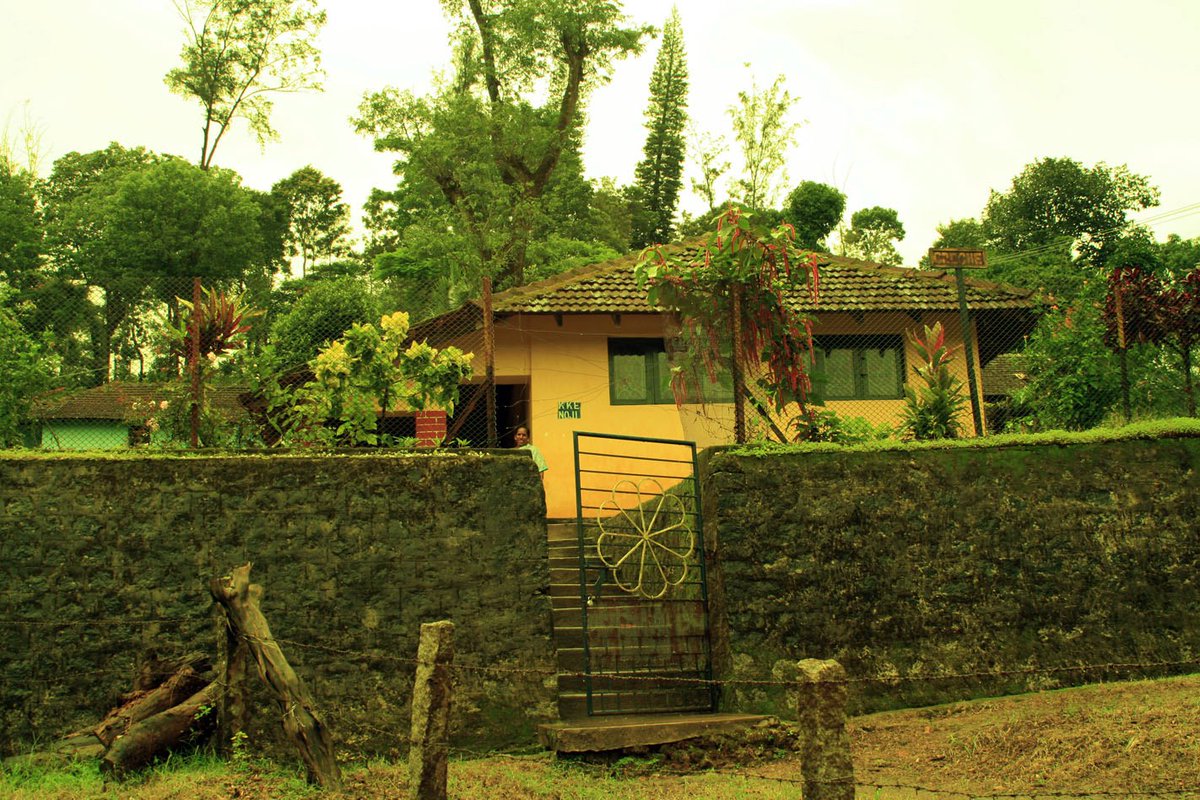
8/25 All told it cost about ₹10 lakh to get Blue Tokai up and running and initially they only sold online. As a result, customer education was a challenge. Some early customers thought that like instant coffee, ground coffee would completely dissolve in water without filtration. 

9/25 The roasting of the beans in these early days was done out of Blue Tokai’s first office, i.e. Namrata’s parents’ house. They provided Matt and Namrata with a spare bedroom to set up their tiny 500g Taiwanese tabletop coffee roaster. 
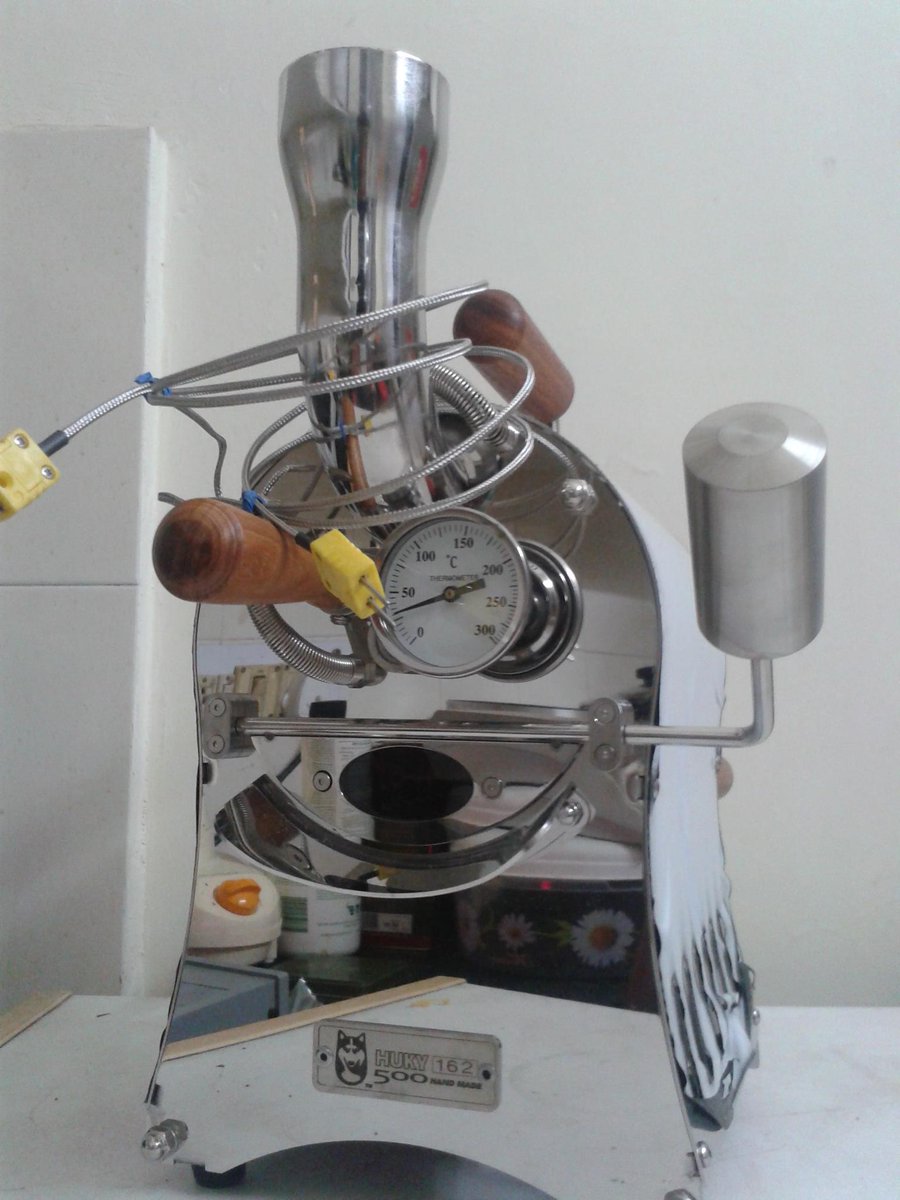
10/25 Any time a power cut interrupted roasting, Matt and Namrata would need to discard the entire batch. To this day, some of Blue Tokai’s coffee is rendered unusable by unreliable power supply. They would often pull all-nighters to roast enough coffee to keep up with demand. 

11/25 The availability of specialty coffee from Blue Tokai enabled Indian businesses to avoid India’s 110% coffee import tax, and so in addition to serving individual consumers, Blue Tokai began roasting coffee for business too, with one of the first being L'Opéra French Bakery. 
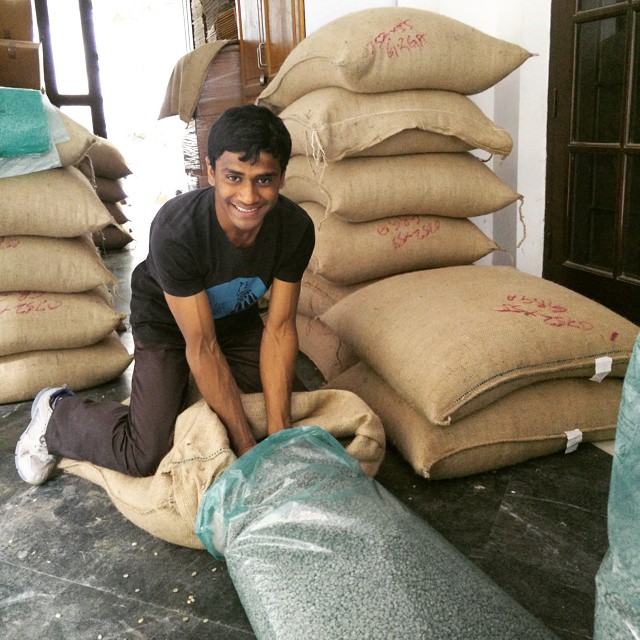
12/25 Six months into the business Namrata became pregnant with their first child. While they felt confident that third wave coffee culture would come to India, it was still a very scary, stressful time for Matt and Namrata given the uncertainty around running a startup. 
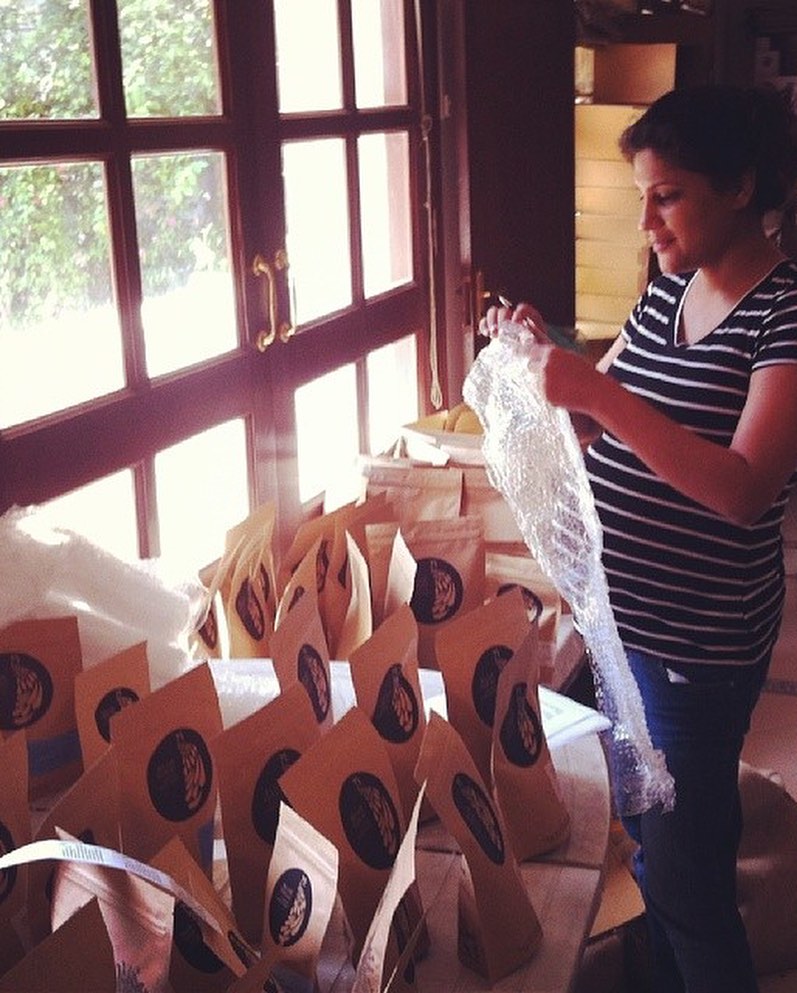
13/25 With large B2B orders picking up, Matt and Namrata finally decided to pull the trigger on a bigger roaster in June of 2013. Probat didn’t manufacture roasters in India at that time, and so they had to import it from Germany. It cost about ₹40 lakh and they named it Bunty. 

14/25 Blue Tokai wasn’t generating enough revenue to pay for the roaster so Matt and Namrata raised a family and friends round to buy it. They hired a crane to lift it into Namrata’s parents’ house where their team of five employees had begun working. Things were getting cramped. 

15/25 At this point, Blue Tokai was profitable and generating a few lakh rupees every month. However, moving into a proper commercial space was financially out of reach, so in February of 2016 they raised ₹3 crore from Snow Leopard Ventures with participation from Bold Ventures. 

16/25 This enabled them to set up their first proper roastery in Said-ul-Ajaib, near Saket in New Delhi. This was an out-of-the-way spot down a dirt road near chicken warehouses, but it was what Blue Tokai could afford. 

17/25 In this roastery they also set up a “tasting room”, which was essentially a 200 sq. ft. hallway with tables and chairs. Matt and Namrata were surprised by the footfall; because there were a number of offices in and around this locality, this space was a hit from day one. 
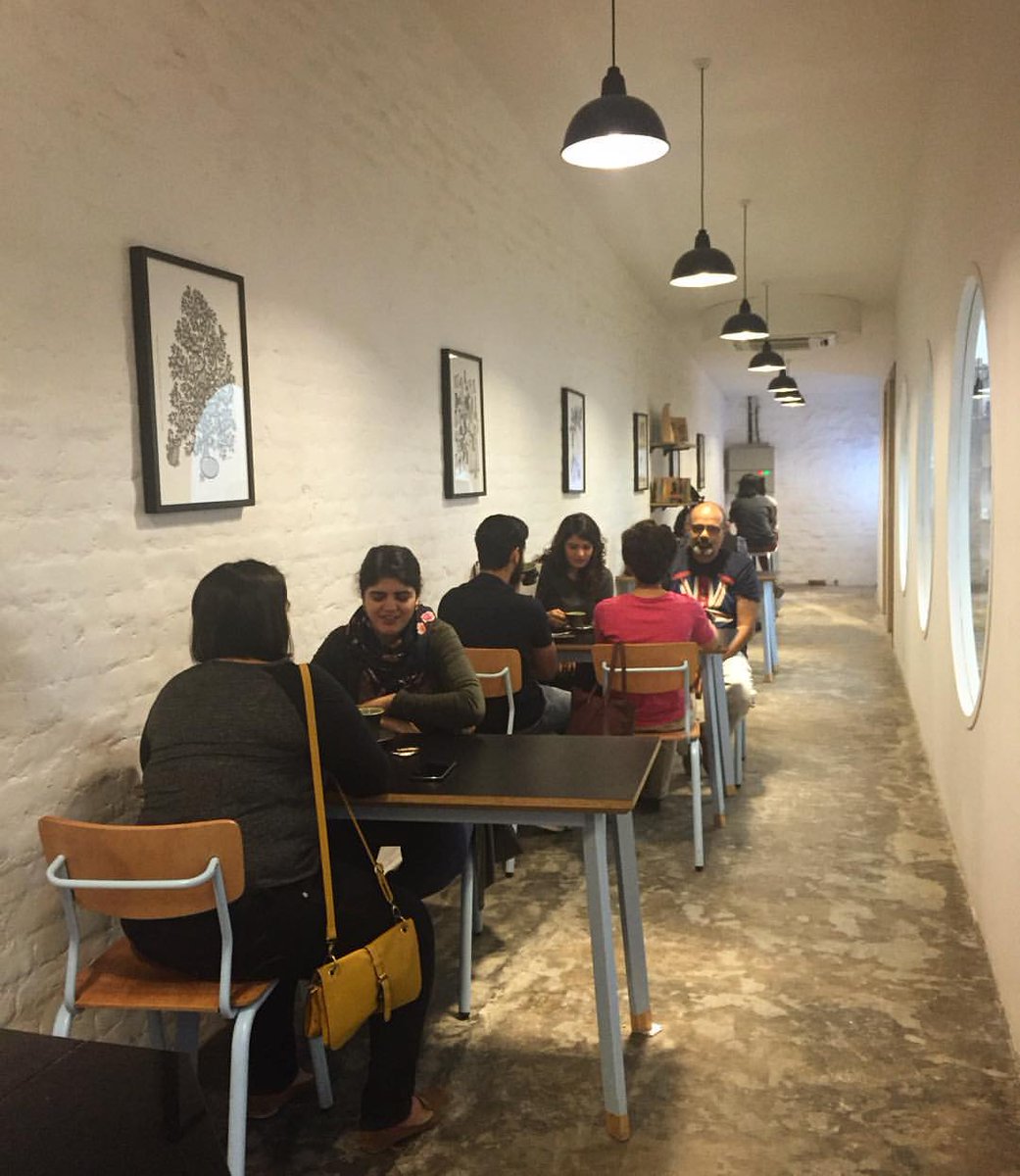
18/25 In August of 2016 Blue Tokai set up their second location, this one in Mumbai. Their motivation was to cut logistics costs; they were express shipping coffee from Delhi to Mumbai for their B2B customers and decided it would be cheaper to set up a roastery in Mumbai itself. 
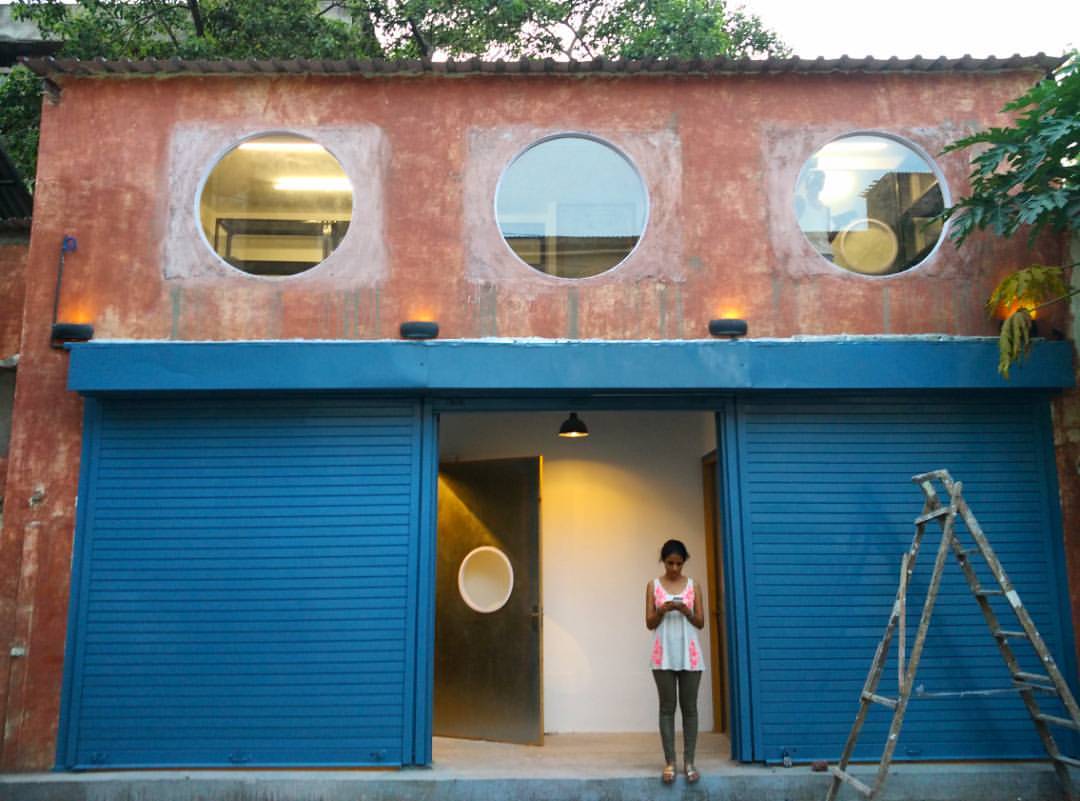
19/25 Setting up in Mumbai was a challenge though. The licences they secured to operate a roastery cum cafe turned out to be fake, and they only found out when the authorities did an audit and informed them that their naivety and trust had been taken advantage of. 
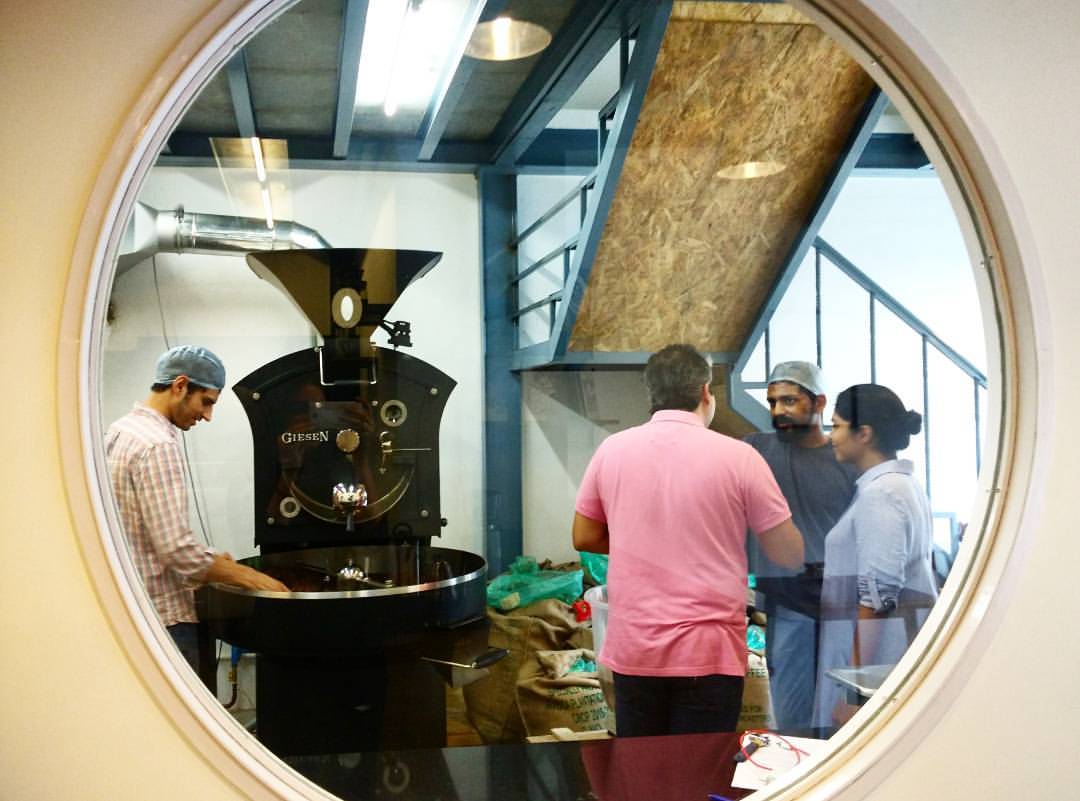
20/25 By this point, cafes only accounted for about 10% of Blue Tokai’s business. The remaining 90% consisted of 30% B2B sales and 60% e-commerce sales. It wasn’t until a few years later that Blue Tokai’s cafes started to become a more significant part of their revenue. 

21/25 In 2018 Blue Tokai was two days away from a cafe launch in Delhi’s Defence Colony when the Government of Delhi went on a sealing drive: any first floor commercial spaces were deemed illegal. Their landlord had paid conversion fees for this but it was sealed nonetheless. 

22/25 Scared that their Said-ul-Ajaib roastery would be sealed next with their roaster inside (which would have severe consequences for their business) they panic-shifted it to Namrata’s parents’ house. This was the day when Blue Tokai stopped operating in Lal Dora zones. 
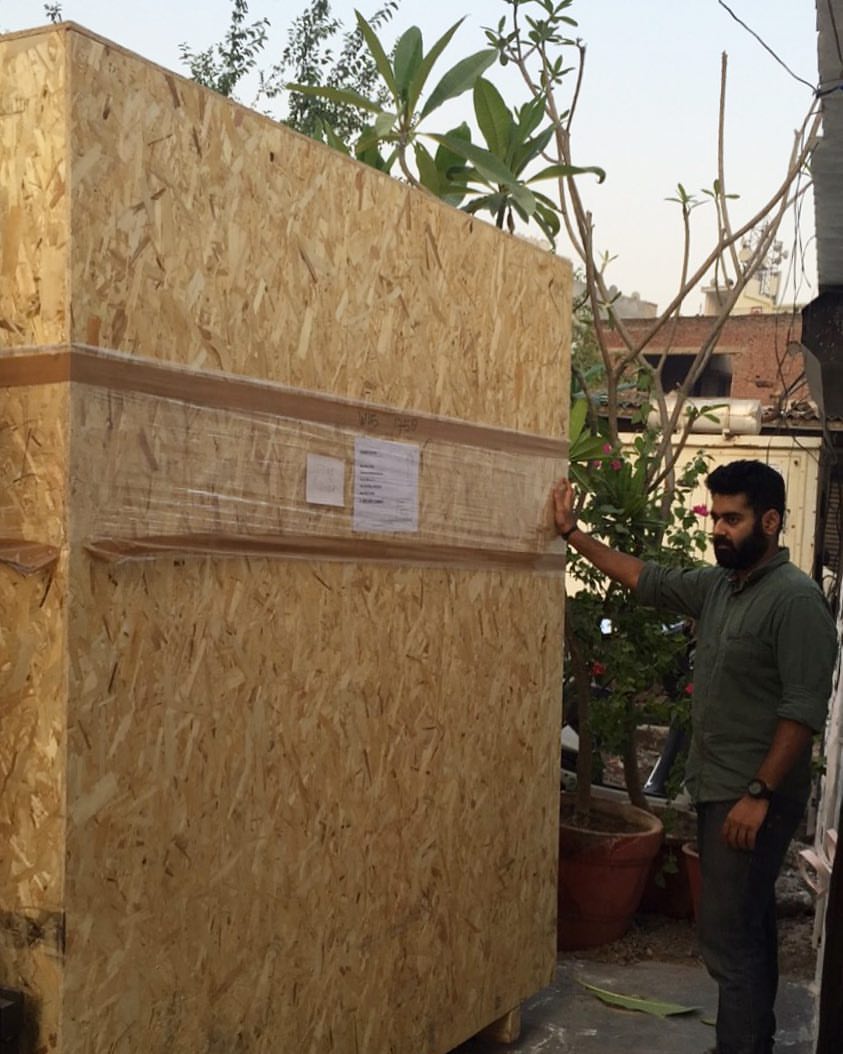
23/25 Today Blue Tokai is actually a cafe-centric company. They have more than 60 cafe locations across India, and also have a presence in Japan. Global expansion isn’t something they’re chasing heavily, but in 2022 they raised a $30 million Series B to expand within India. 
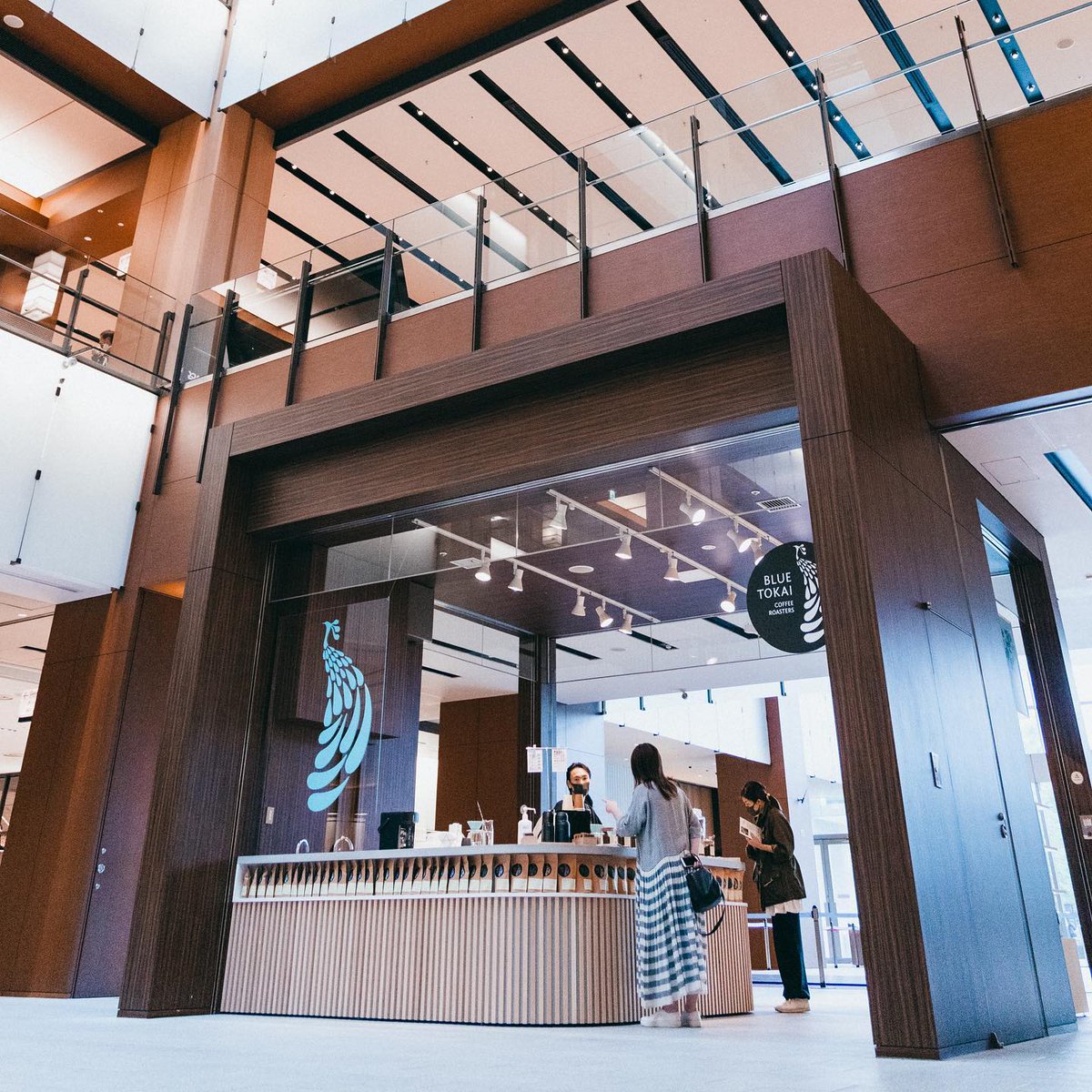
24/25 In the last few years, third wave coffee culture has exploded in India, with an emphasis on single-origin Indian beans and farm to cup becoming commonplace. Blue Tokai was the trailblazer that kick started this movement and proved that Indians wanted specialty coffee. 
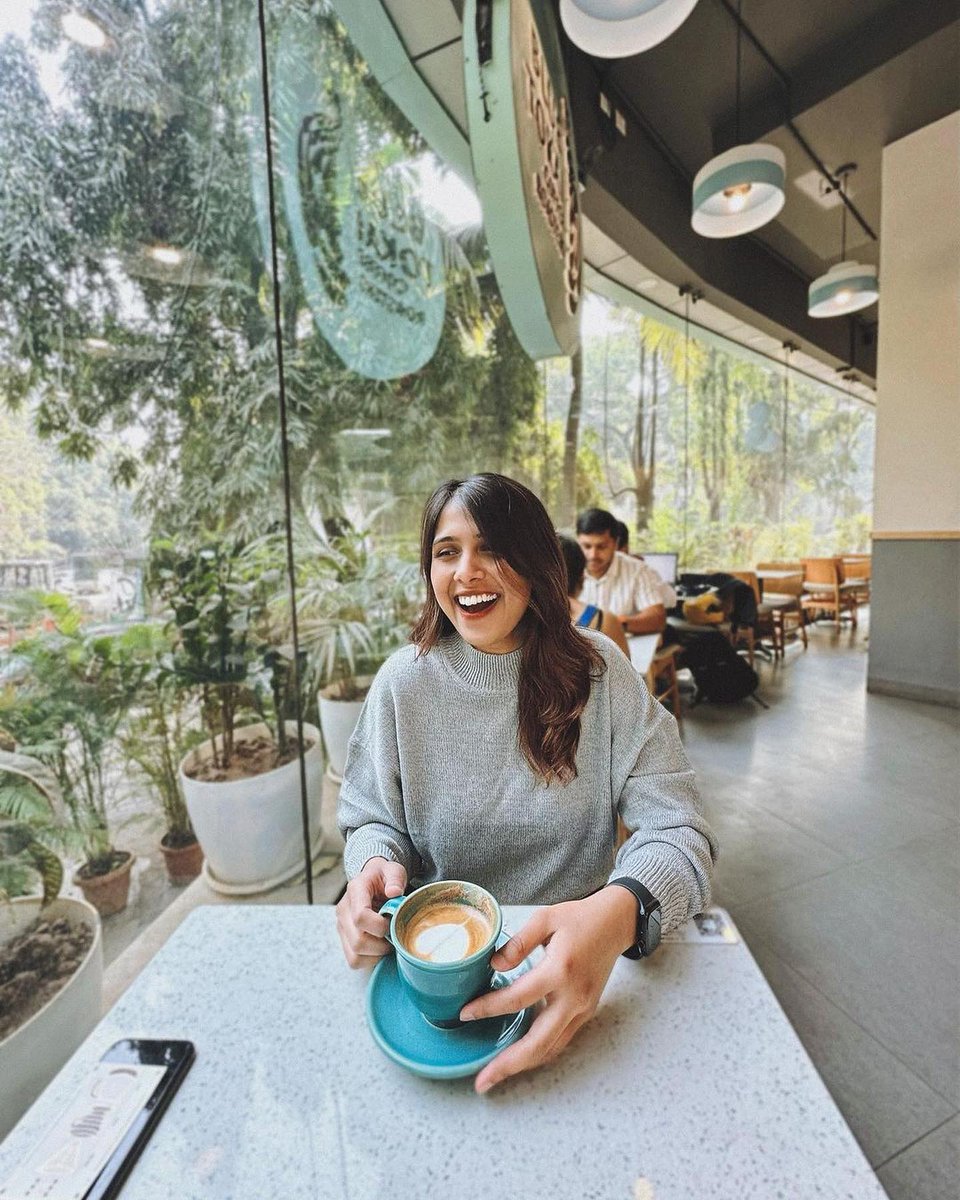
25/25 There’s so much more to the Blue Tokai story that I don’t have space to share in this thread, but here’s a sneak peak from my podcast with Matt Chitharanjan where we went even deeper. You can find a link to the full conversation in my bio, it's worth a listen.
• • •
Missing some Tweet in this thread? You can try to
force a refresh




